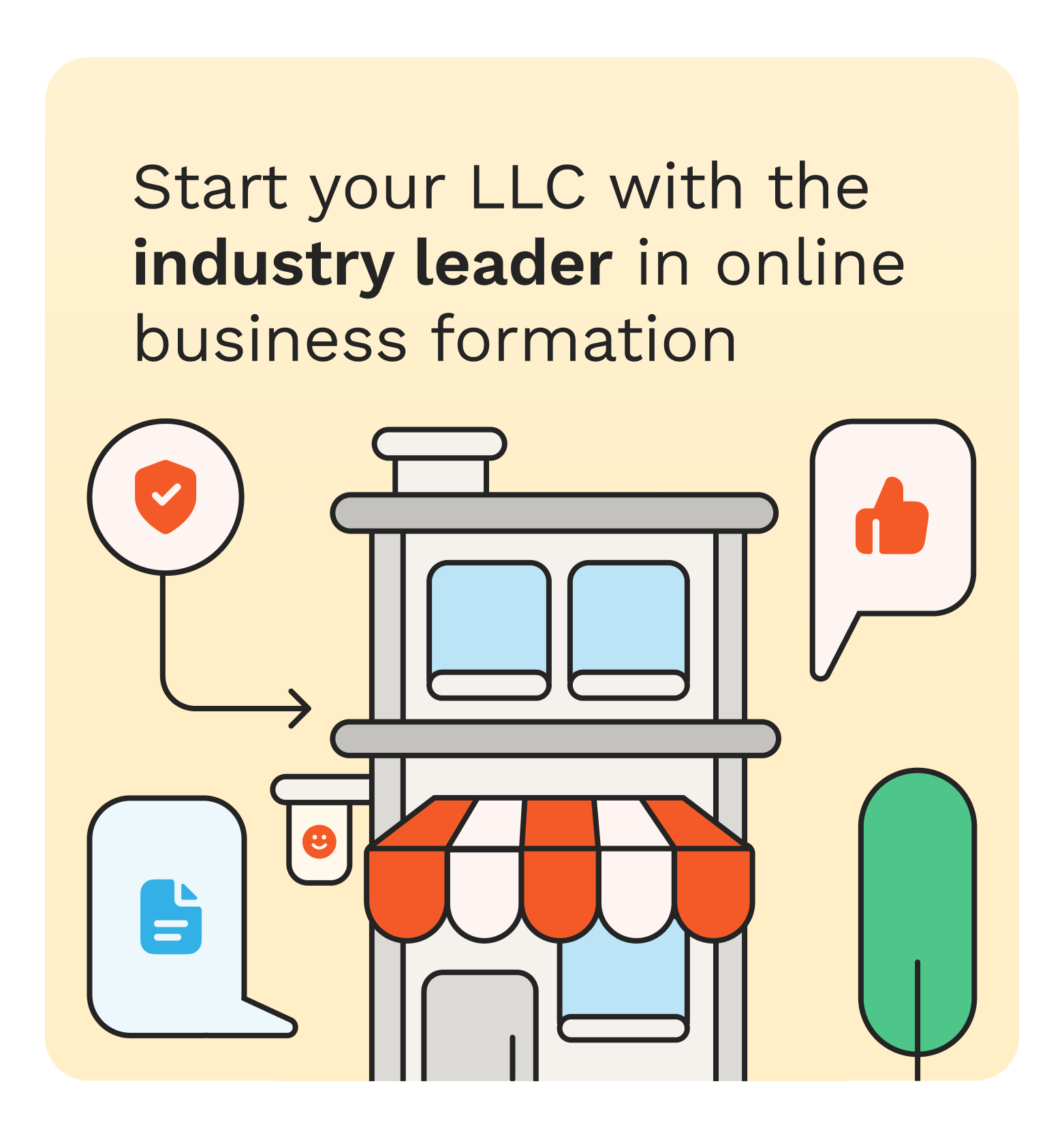The Hidden Business Killers of 2025
As the business world races into 2025, the threats lurking ahead are more sophisticated, unpredictable, and interconnected than ever. From cyberattacks to climate-driven disasters, businesses face an evolving risk landscape that could decimate profits, cripple operations, or even lead to collapse.
Here’s a breakdown of the top risks for businesses in 2025—and what you can do to guard against them.
1. Cyberattacks Are Getting Smarter, Meaner, and Pricier
Why it’s a risk:
Cybercrime is no longer just a threat to big corporations. In 2025, small and medium businesses are being hit hard, especially by ransomware gangs exploiting third-party vendors, AI-powered phishing, and zero-day vulnerabilities. The recent M&S hack cost the retailer an estimated £300 million, showing how fast an attack can destroy reputations and revenue.
How to protect your business:
-
Adopt multi-factor authentication (MFA) and endpoint detection systems.
-
Train your team on cybersecurity hygiene.
-
Conduct third-party security audits.
-
Invest in cyber insurance and regular penetration testing.
2. Economic Instability and Inflation Pressure
Why it’s a risk:
Geopolitical tensions, rising interest rates, and unpredictable inflation continue to rock global markets. In 2025, many businesses face tighter credit, lower consumer spending, and increased operational costs.
How to protect your business:
-
Build resilient cash reserves.
-
Negotiate long-term vendor contracts to hedge against inflation.
-
Monitor currency and interest rate fluctuations.
-
Reassess pricing models quarterly.
3. AI Disruption and Automation Backlash
Why it’s a risk:
AI is revolutionizing industries—but it’s also replacing jobs, exposing legal grey areas, and raising ethical concerns. Businesses not adapting to AI (or over-relying on it) risk falling behind or facing public and legal backlash.
How to protect your business:
-
Use AI strategically, not blindly.
-
Create a responsible AI usage policy.
-
Upskill employees to work alongside automation.
-
Stay ahead of regulatory changes around AI.
Related: "Cyber Chaos: Could Your Business Survive an M&S-Style Hack?"
Related: Reid Hoffman’s Bold Advice on Quitting Your Job
4. Climate Change and Environmental Disasters
Why it’s a risk:
More frequent extreme weather events are threatening supply chains, damaging infrastructure, and increasing insurance costs. Climate inaction is no longer affordable.
How to protect your business:
-
Diversify suppliers by geography.
-
Invest in resilient infrastructure.
-
Create a business continuity and disaster recovery plan.
-
Measure and reduce your carbon footprint.
5. Supply Chain Disruptions
Why it’s a risk:
Global conflicts, trade barriers, and raw material shortages are still wreaking havoc on production and logistics. The supply chain chaos from 2020–2024 hasn’t fully recovered—and 2025 may be worse.
How to protect your business:
-
Use predictive analytics to forecast demand and disruption.
-
Keep safety stock for key items.
-
Establish relationships with multiple suppliers.
-
Consider nearshoring critical components.
6. Regulatory Shocks and Legal Risks
Why it’s a risk:
Data privacy laws, AI legislation, labor protections, and ESG reporting rules are tightening worldwide. Falling behind could mean lawsuits, fines, or lost licenses.
How to protect your business:
-
Keep legal counsel involved in tech and data decisions.
-
Stay updated on local and global regulatory trends.
-
Ensure your business is GDPR, AI Act, and ESG compliant where necessary.
7. Reputation Management in the Age of Instant Outrage
Why it’s a risk:
Social media backlash, misinformation, or poor crisis handling can go viral in seconds. A reputational hit today can wipe out brand equity built over years.
How to protect your business:
-
Set up a real-time monitoring system for online mentions.
-
Have a crisis communications team and protocol.
-
Train leadership in media handling and public response.
-
Be transparent, authentic, and proactive in public messaging.
8. Talent Shortages and Burnout
Why it’s a risk:
The Great Resignation may have faded from headlines, but the talent shortage and employee burnout crisis remain real. Businesses that fail to prioritize people will struggle with retention, morale, and innovation.
How to protect your business:
-
Offer flexible work models and mental health support.
-
Invest in employee development and fair compensation.
-
Promote a culture of recognition and purpose.
Conclusion
The risks businesses face in 2025 are not speculative—they’re real, active, and growing. The companies that thrive will be the ones that treat risk as strategy, not just insurance.
Plan, prepare, and stay paranoid. Because in 2025, survival isn’t guaranteed—but smart, proactive businesses still have the upper hand.














